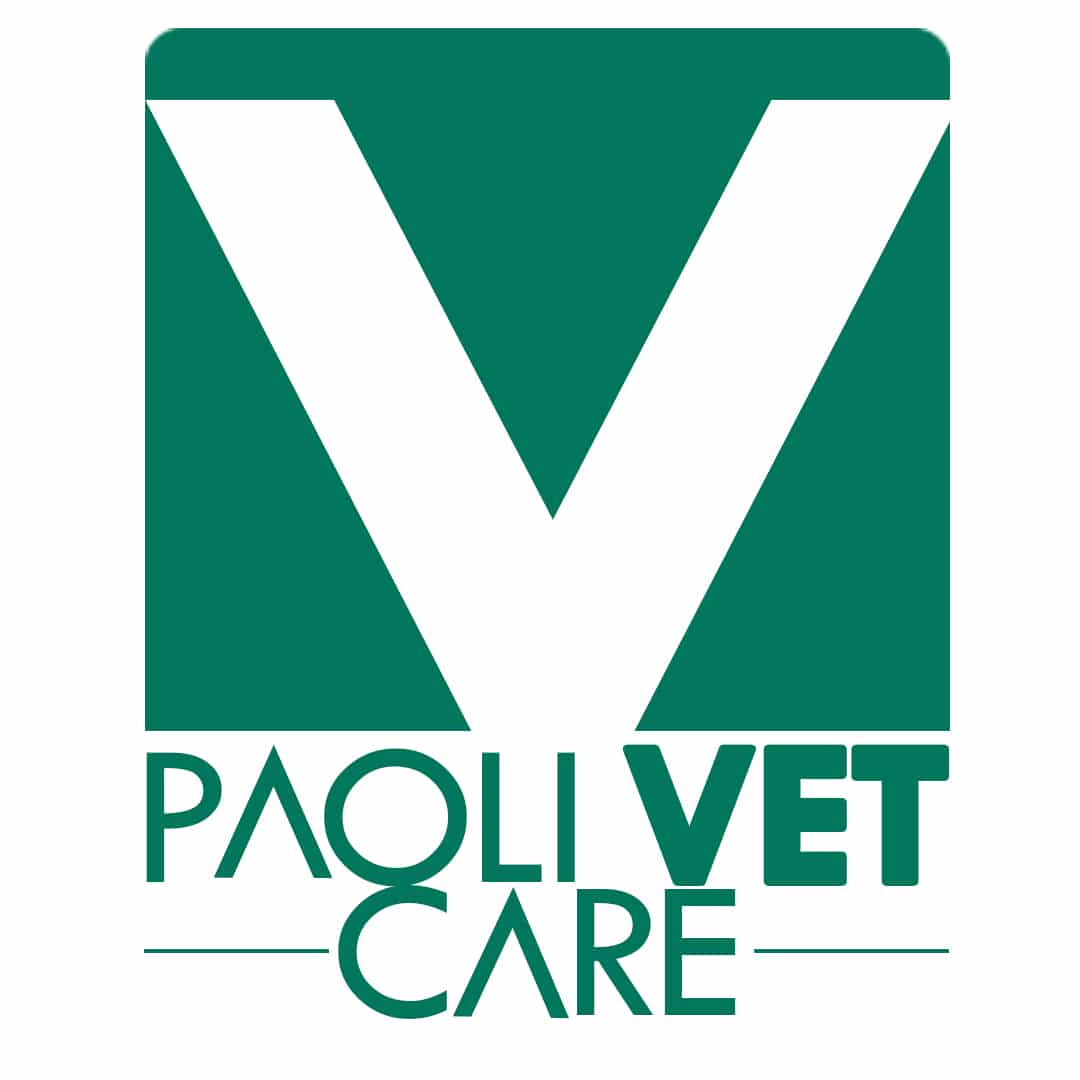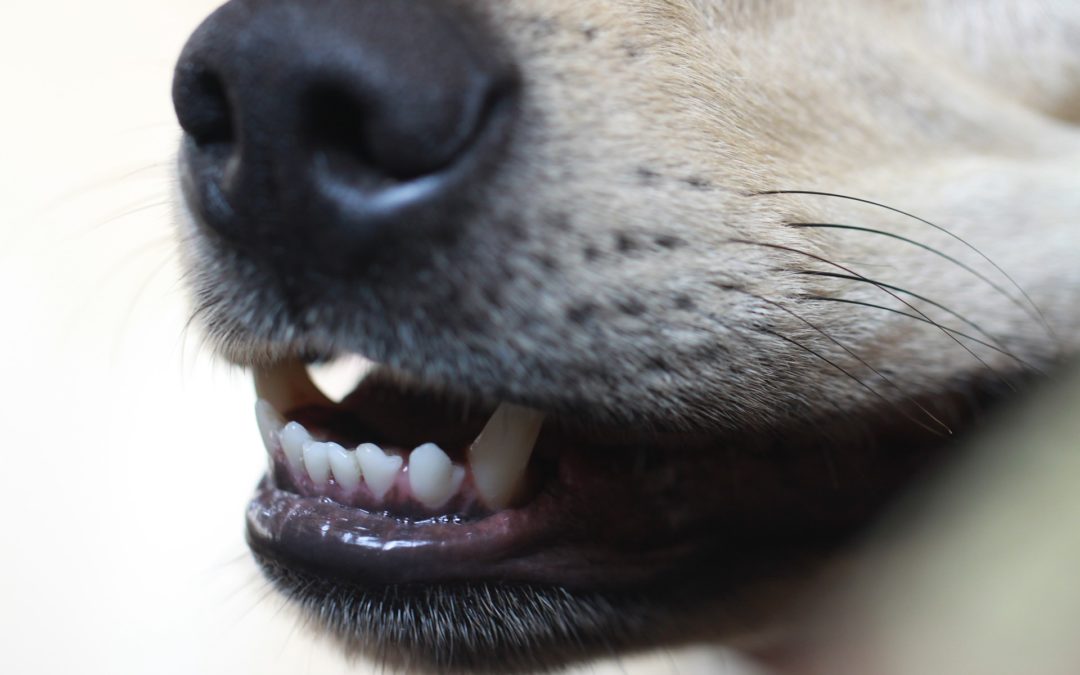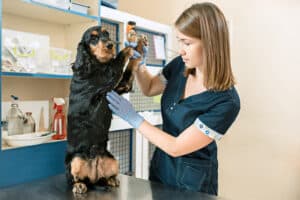February is National Pet Dental Month! Are your dog’s teeth and gums in good health? It can be difficult to tell if your four-legged friend’s oral hygiene is where it should be—especially if you’re not sure what to look for.
Signs of Poor Dental Health
Just like people, dogs can suffer from bad breath, tooth decay, and gum disease. In fact, dogs are five times more likely than people to suffer from gum disease! Without the proper preventative care or treatment, dogs can develop severe dental problems that may go unnoticed for years. Because dogs have evolved to hide signs of pain or discomfort as a survival mechanism, it’s not always obvious when they require immediate attention. Here are some things to keep a lookout for:
- Red or bleeding gums
- Blood on a chew toy or in water bowl
- Loose teeth
- Bloody saliva
- Favoring one side of the mouth when they chew
- Difficulty picking up a toy or eating
- Bad breath
- Shying away from being touched on the head
- Whining or crying in pain when they yawn or eat
- Refusing to eat
- Nasal discharge and sneezing
- Broken or discolored teeth
- Chattering jaws when they eat
If you notice your dog exhibiting one or any combination of these symptoms, they may be showing signs of gum disease or poor oral hygiene. Make an appointment with your vet to have their teeth and gums checked out!
Preventative Maintenance
It’s important to keep up with regular maintenance when it comes to your dog’s oral health. Taking regular care and monitoring any signs of tooth decay or gum disease can prevent any conditions from arising or worsening. Here are some things you can do to help prevent your dog from developing any dental problems:
- Keep up with brushing– It’s recommended that you brush your dog’s teeth every day, if possible. It may seem like a daunting task, but there are tons of pet-safe toothpaste on the market that even come in a variety of irresistible flavors your dog will love. Making a daily habit of brushing their teeth will greatly reduce any chances of tooth decay or plaque buildup that may lead to cavities. (Plus, it only takes a few minutes!)
- Encourage chewing– Another way to keep your dog’s mouth clean is to encourage them to chew. Chew toys are more than just an entertaining pastime for your furry friend—they actually do a lot for your dog’s teeth and gums. Chewing helps to break down anything that may be building up on your dog’s teeth, including plaque and tartar, which cause bad breath, periodontal disease, and yellowing of the teeth. Make sure they’re chewing on bones or rawhide specifically designed for dogs, and avoid letting them gnaw on tennis balls, as they could wear down your dog’s teeth.
- Dental dog food– If your dog has a history of plaque buildup or other dental problems, consider putting them on a diet specially designed to target dental health. Some dog foods are made to fight against the hardening of plaque and keep your dog’s teeth scraped clean. Talk to a vet to see if this is the right option for your dog.
- Regular vet check-ups– It’s important to schedule regular visits to your veterinary—even if nothing seems out of the ordinary. Preventing doggy dental problems not only saves his or her health in the long run, but it also saves you a costly expense down the road. Keeping up with regular maintenance is something your dog will thank you for; don’t wait for him to show signs of pain or reluctantly put down his favorite chew toy. After all, what’s a dog without his bone?








